In this tutorial, we’ll show you how to improve email delivery with the Elastic Email mailer in Easy WP SMTP.
Before you begin, you’ll need to ensure Easy WP SMTP is installed and activated on your WordPress site.
1. Setting Up Your Elastic Email Account
To get started with Elastic Email, you’ll first need to sign up for an Elastic Email account by visiting their pricing page.
For our example, we’ll be signing up for their free plan (limited to 100 emails per day). However, the setup process will be the same no matter which plan you choose.
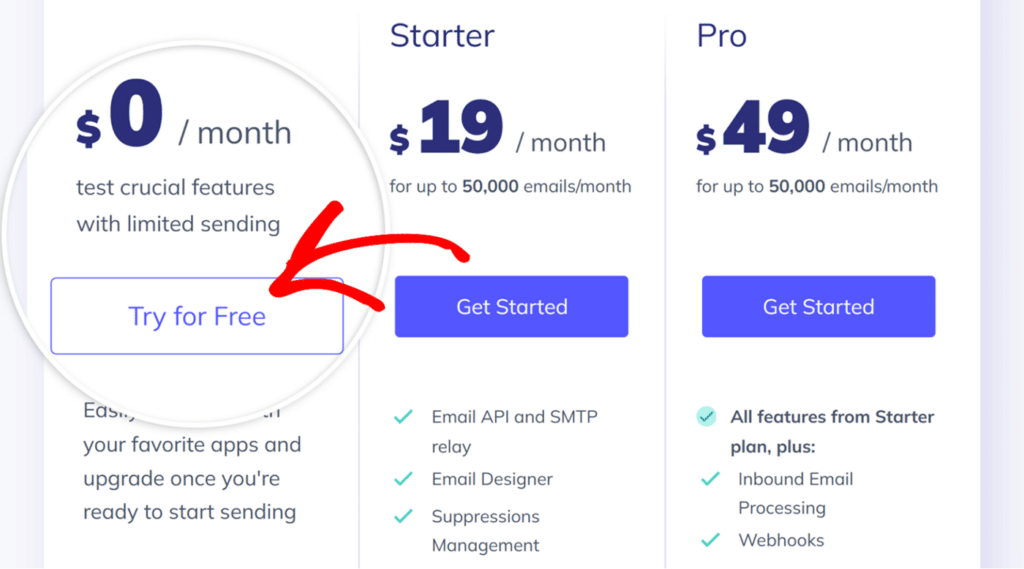
Note: With a free account, you can only send emails to the email address you used to register your account. You’ll need to upgrade to a paid plan to send emails to other addresses.
After signing up and verifying your email, you’ll be taken to your Elastic Email dashboard where you can begin setting up your account.
2. Verifying Your Domain
As a way of protecting site owners and their visitors, you’ll need to authorize your domain by adding records to your site’s DNS settings.
To start verifying your domain, log in to your Elastic Email account and go to your account settings. Under the Domains section, click on Manage domains.
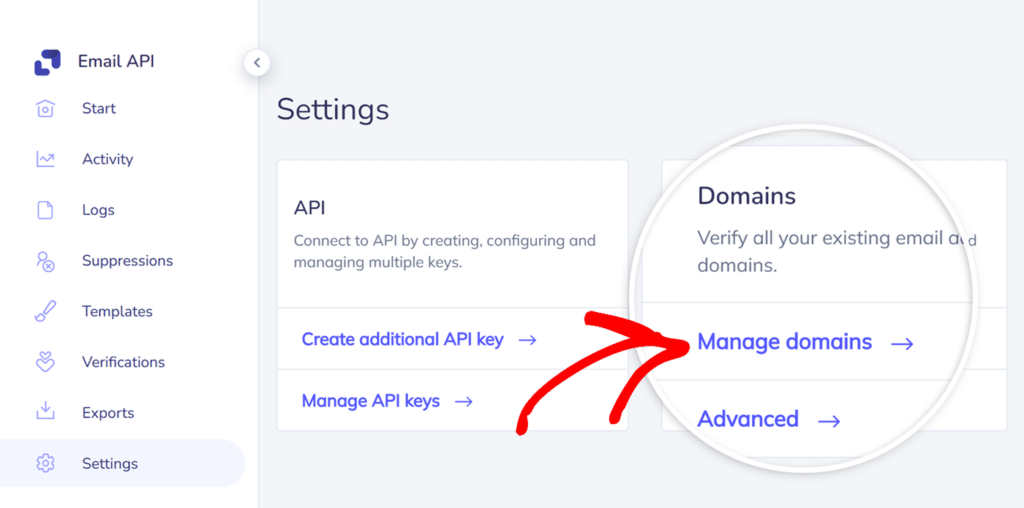
On the verification page, click on the Start Verification button to start.
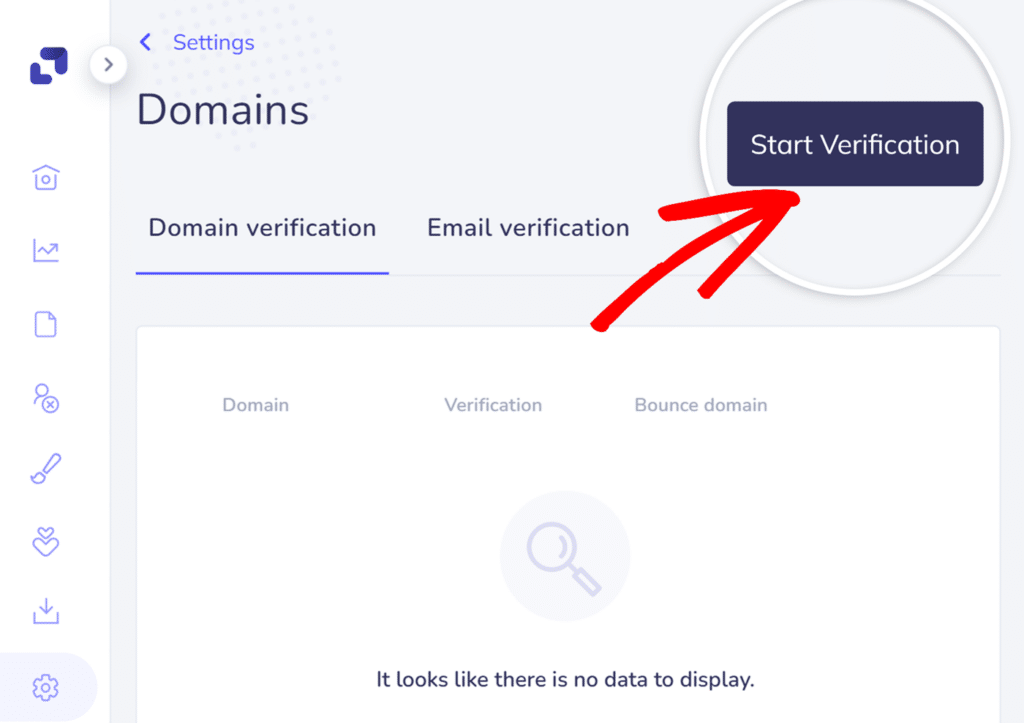
Next, click on the Verify domain button under the I own a domain section.
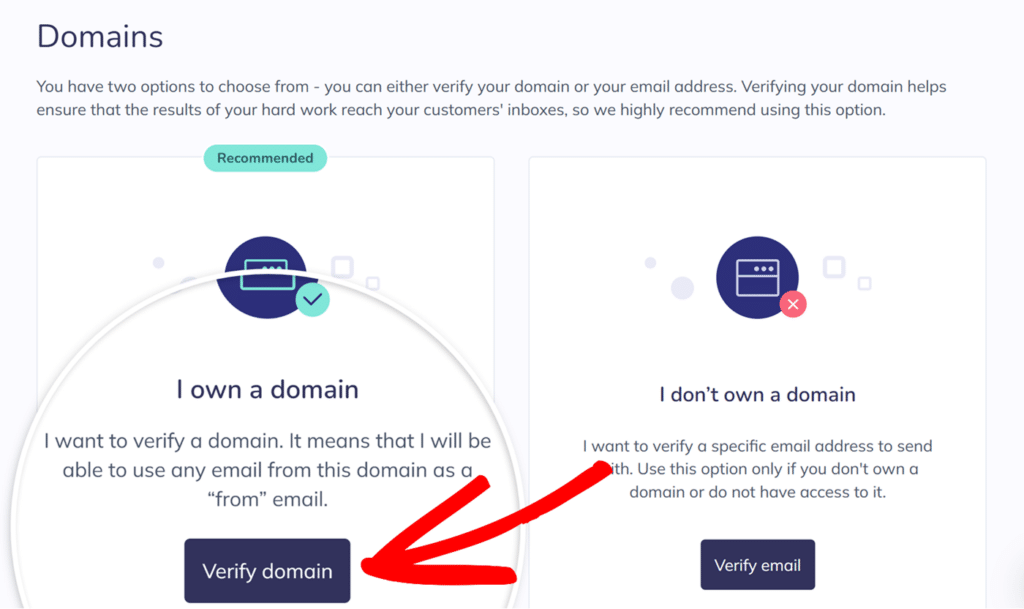
Then, enter the domain name you want to verify and click Continue.
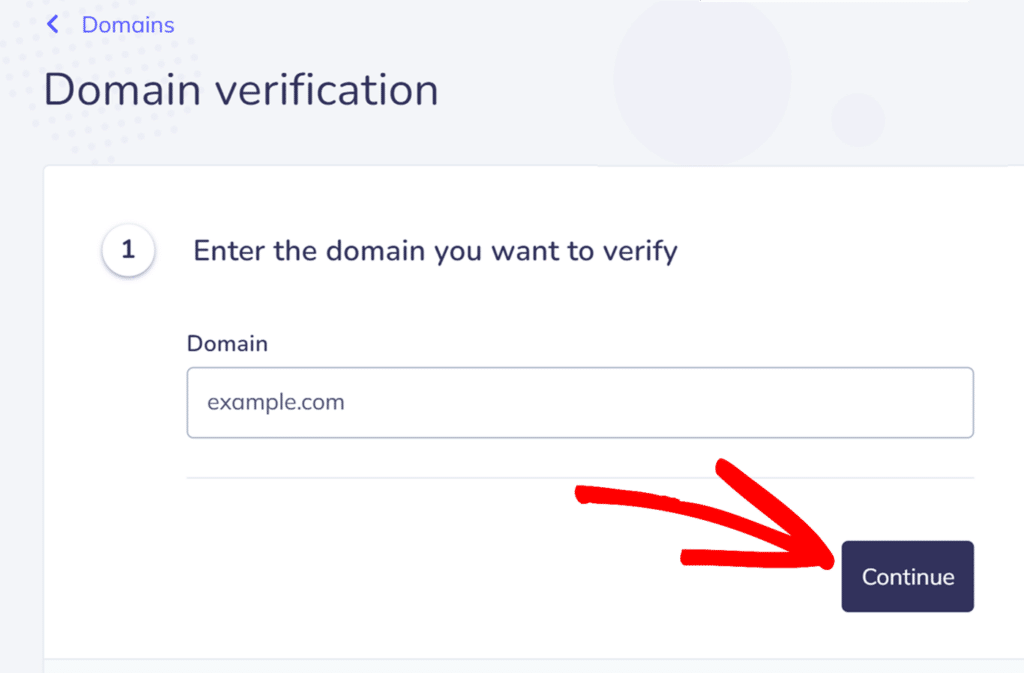
After confirming your domain, Elastic Email will provide you with several DNS records that need to be added to your domain’s DNS settings.
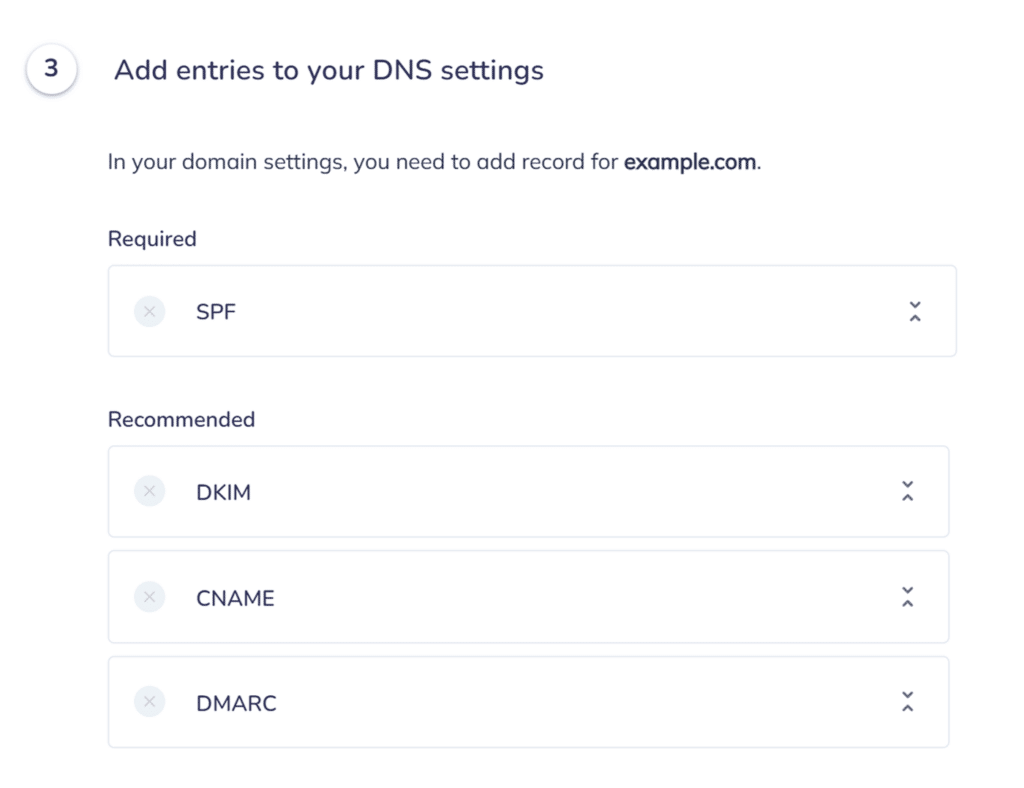
To add these records, you’ll need to open a new browser tab or window. Then log in to the service where you purchased your site’s domain and locate your site’s DNS settings.
After you’ve added these records, it can take up to 24-48 hours for them to propagate so that Elastic Email can verify them. However, you can move ahead to the next step while you wait for this verification to complete.
Note: For detailed instructions on adding these DNS records, please see Elastic Email’s complete guide to domain verification.
You can go ahead and try clicking the Verify record button as a quick test.
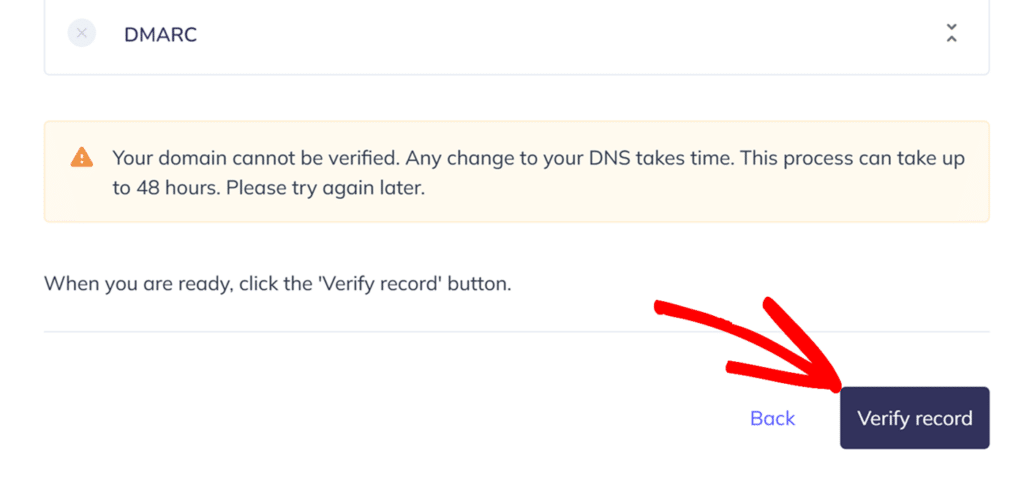
3. Setting Up Easy WP SMTP
Now that you’ve set up your Elastic Email account and authenticated your domain, you can configure Easy WP SMTP to use Elastic Email for sending emails.
Go to Easy WP SMTP » Settings from your WordPress dashboard.

Mailer Settings
Select Elastic Email from the list of available mailers. Once you choose Elastic Email, more settings related to this mailer will appear.
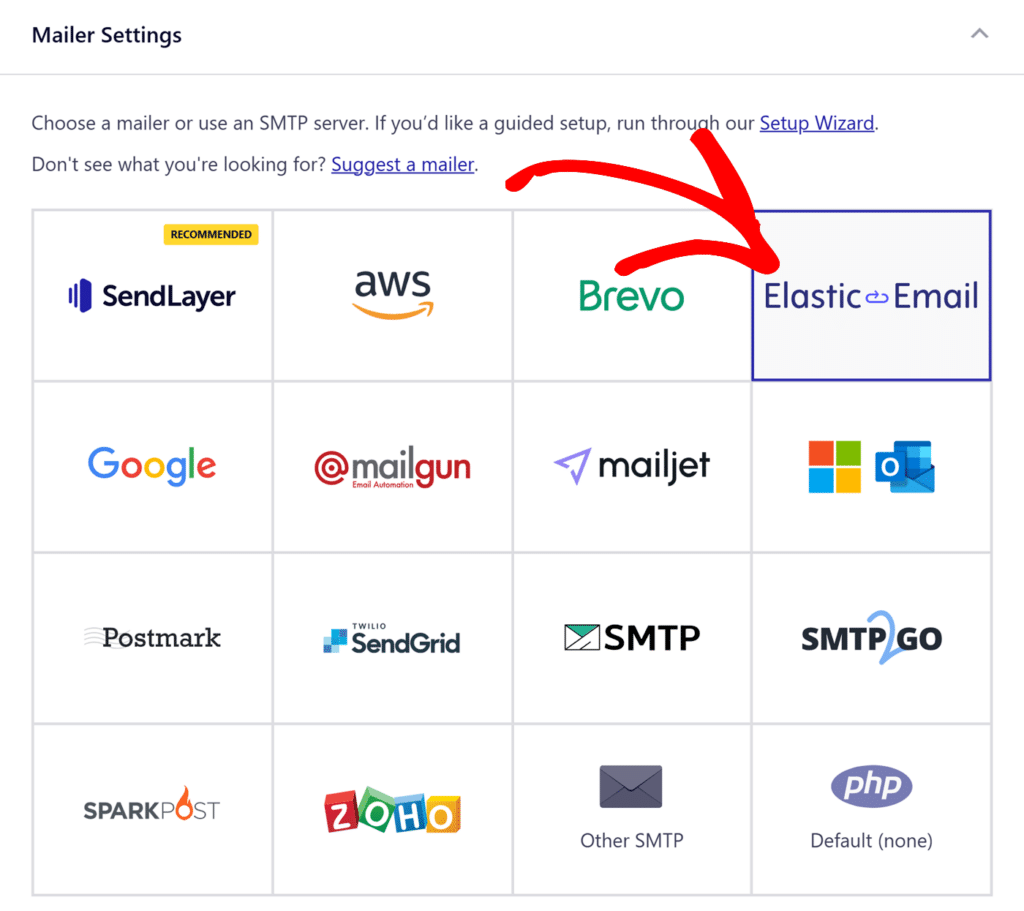
API Key
Once you’ve chosen Elastic Email as your mailer, you’ll need to enter your API key. Return to your Elastic Email account settings and click on Create additional API key from the API section.
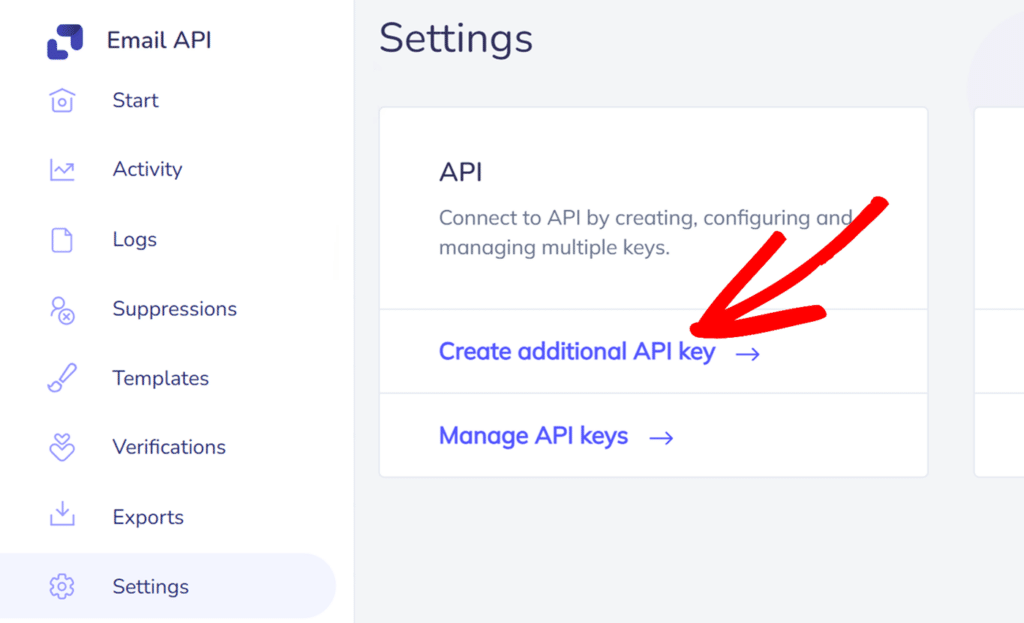
On the next page, enter a descriptive name for your key that will help you remember its purpose in the Name field.
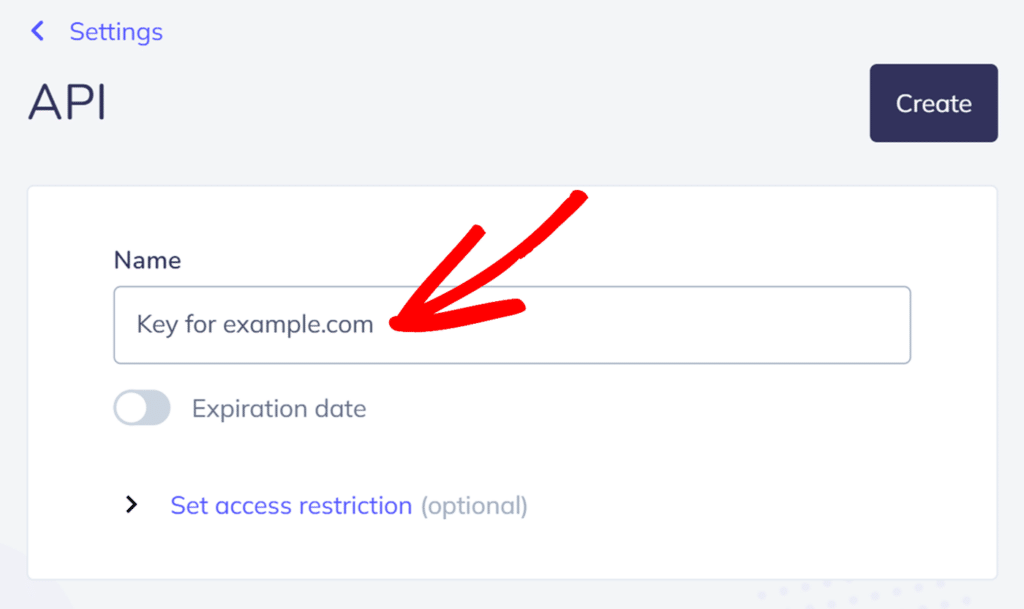
Next, select Plugin option from the Permissions section which provides the necessary access level for Easy WP SMTP integration. Leave all other settings at their default values.
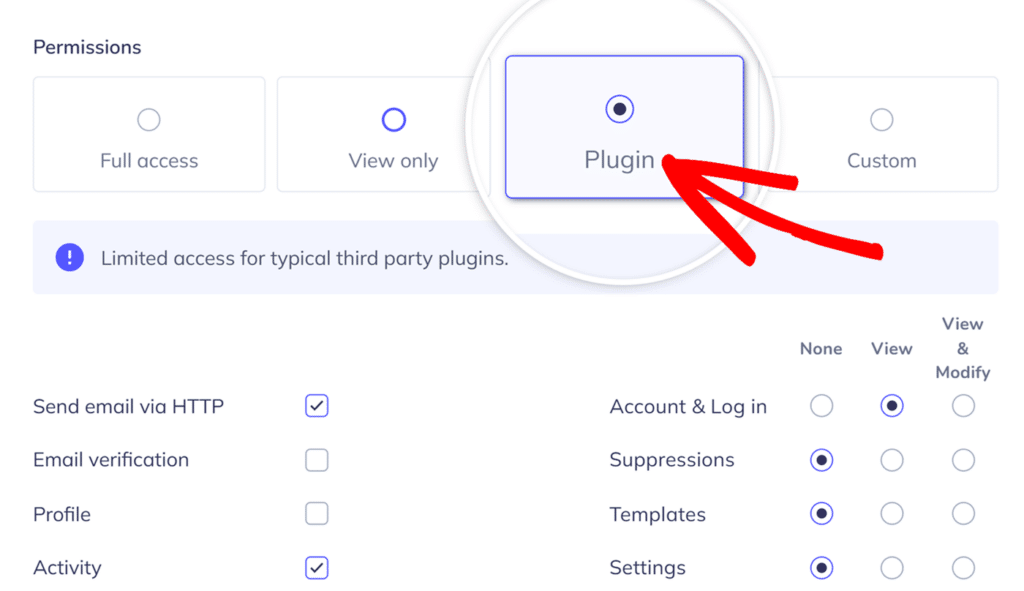
Note: When configuring permissions, make sure the Send email via HTTP permission is selected, as this is required for the Easy WP SMTP integration to work properly.
Once done, click on the Create button to create the API key.
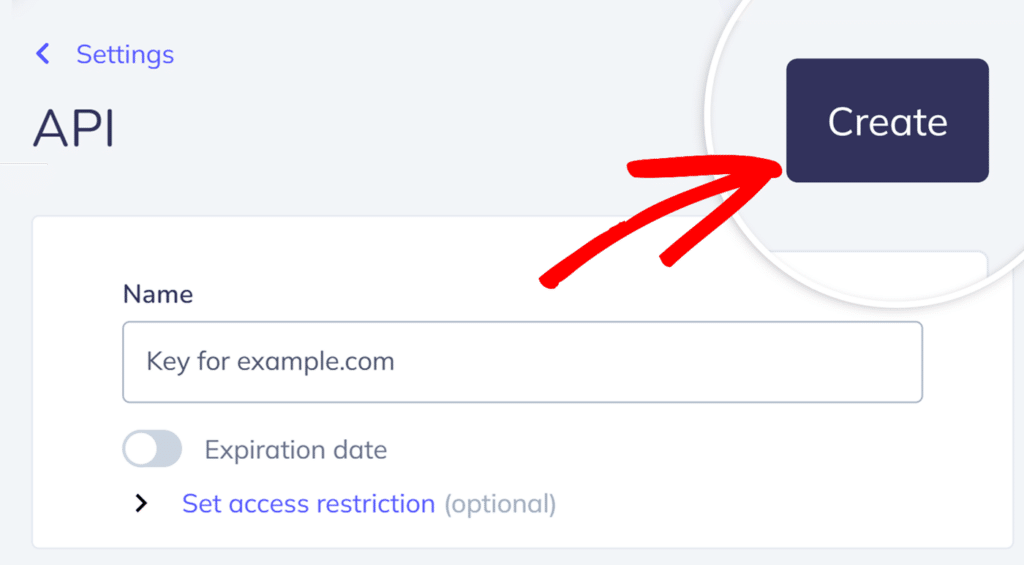
This will open a popup window displaying your API key. Be sure to copy this key by clicking the Copy button.
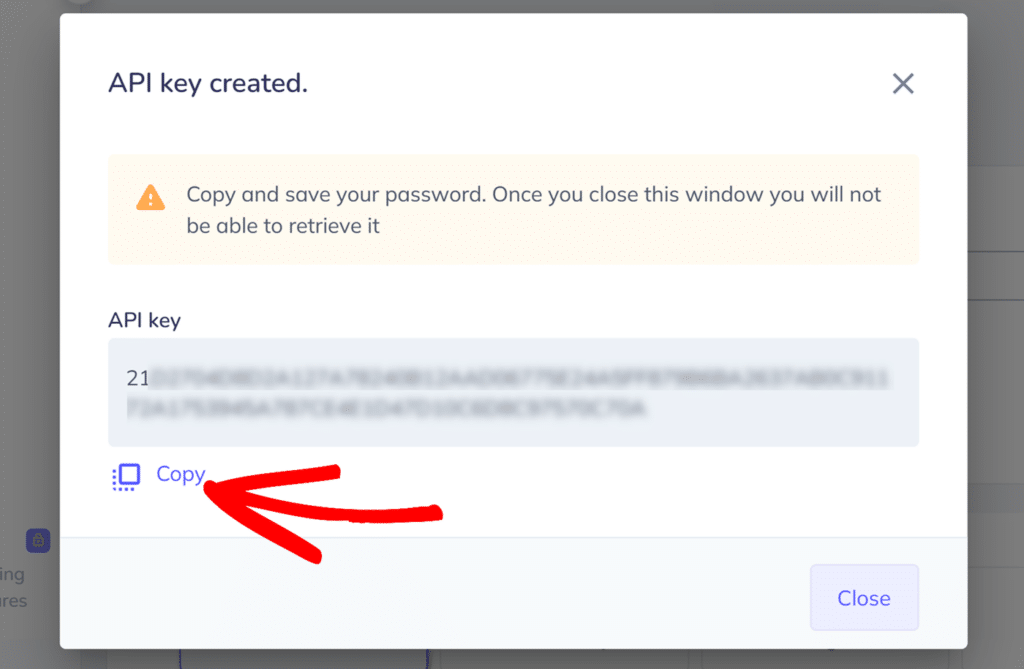
Then, return to your Easy WP SMTP settings and paste the API key into the API Key field.

General Settings
From Email Address
By default, the From Email Address field will be filled with your site’s admin email.
You can use any valid domain-specific email address for the From Email Address (e.g. [email protected]).
You also have the option to enable the Force From Email if you want the From Email Address to be the same site-wide.
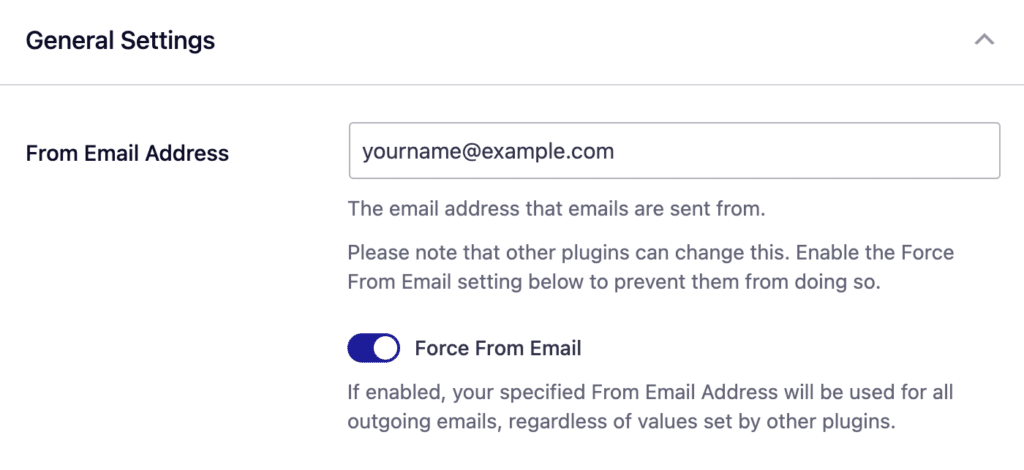
From Name
The From Name is the name that appears in the emails sent from your site, letting the recipient know who sent the email. By default, the From Name is set to your site’s name. However, you can change the name to whatever you’d like.
Similarly, you can enable the Force From Name toggle to apply the settings site-wide.

Backup Connection
Configuring a Backup Connection is an optional step in your Mailjet mailer setup. However, to further improve email deliverability, we recommend configuring an additional connection to serve as a backup in case your Primary Connection fails.
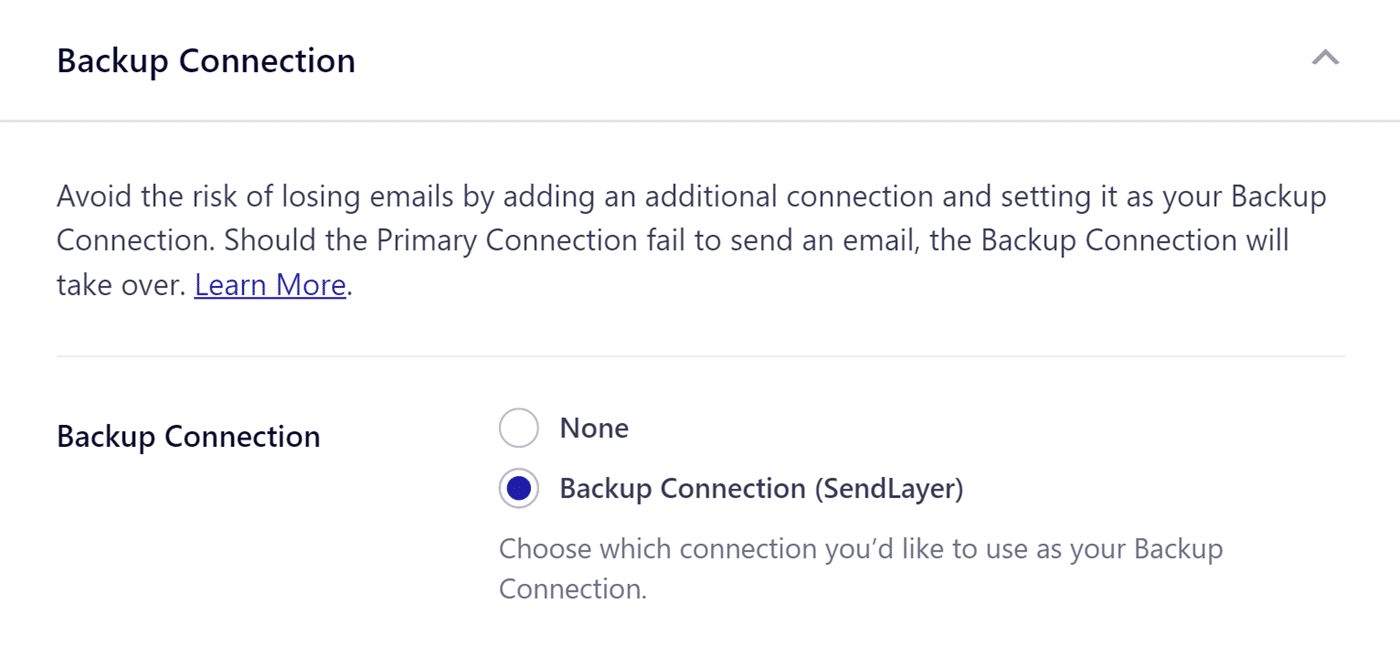
Note: If you’d like to learn how to send emails through different connections based on specific rules, please refer to our Smart Routing tutorial.
Once you’re done configuring the mailer settings, be sure to click Save Settings to register your changes.
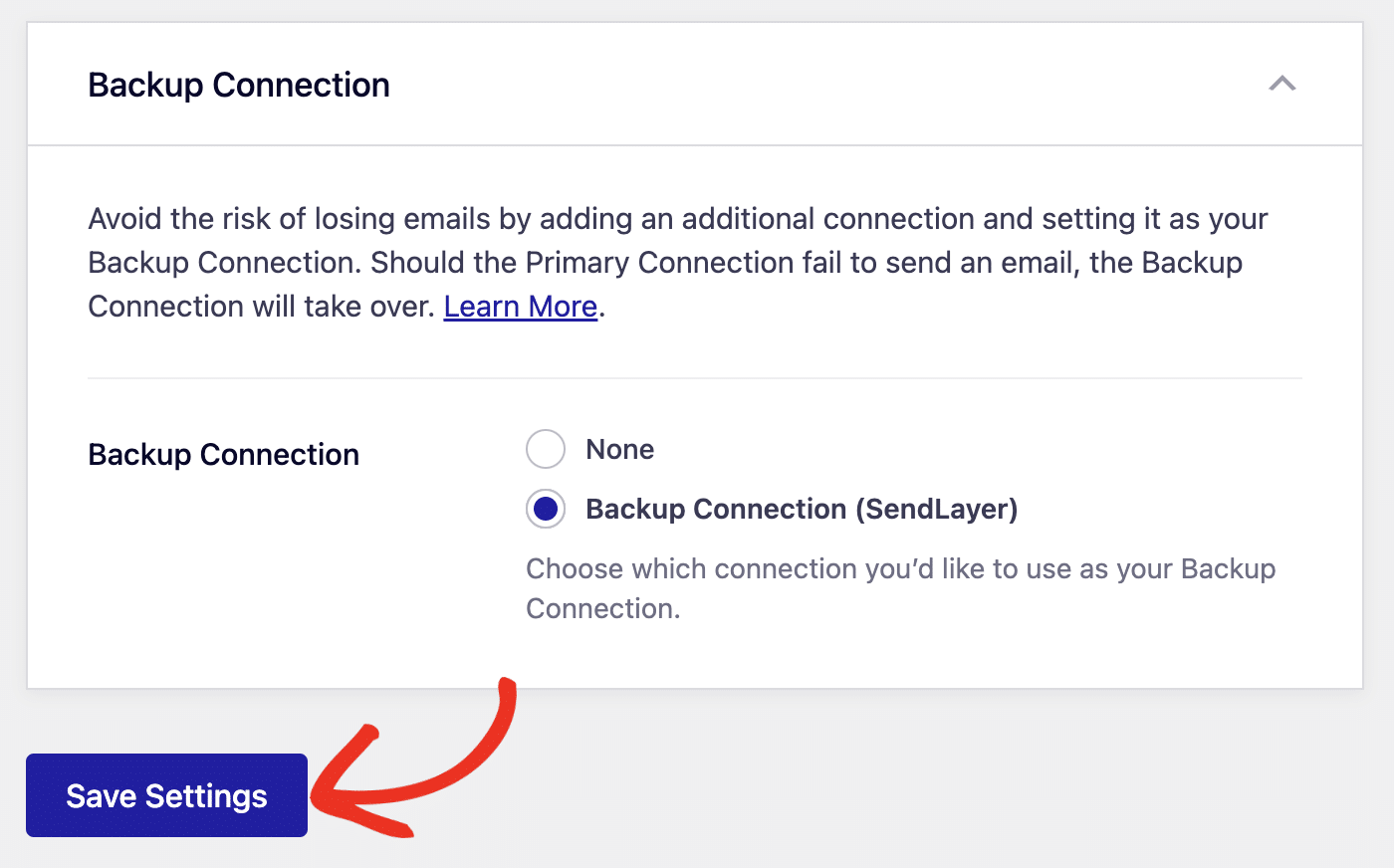
That’s it! You’ve now successfully set up the Elastic Email mailer with Easy WP SMTP.